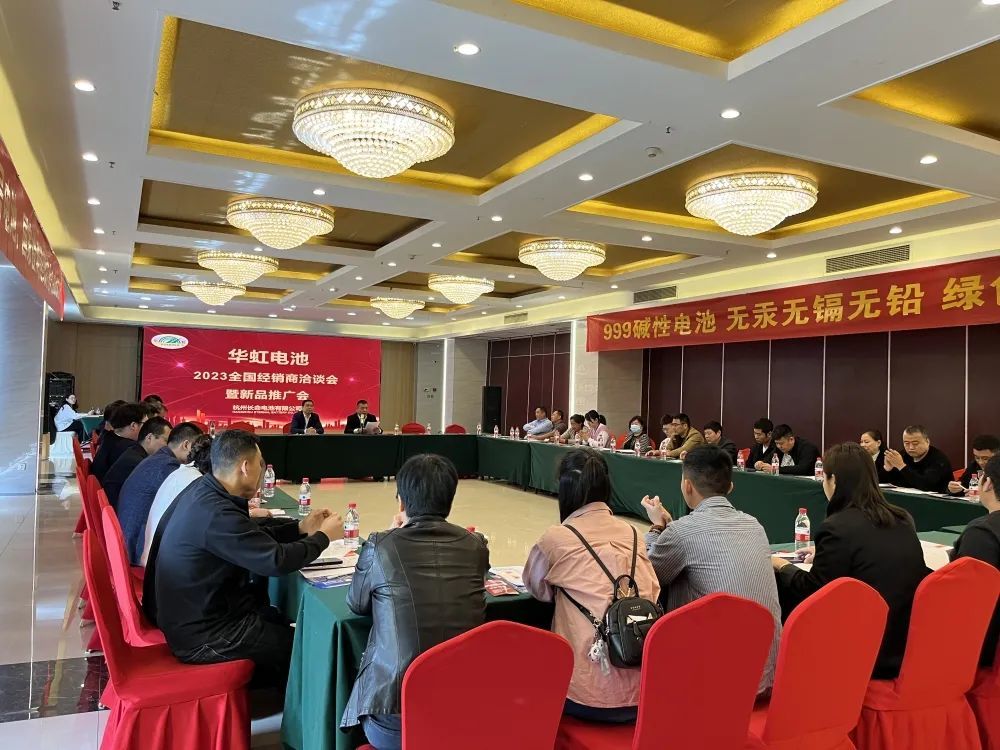15
2021
-
04
Analysis of the Current Status of China's Carbon Battery Industry in 2020: Carbon Battery Export Volume Experiences Volatile Decline
A dry cell, formally known as a zinc-manganese battery, is a primary battery that generates electricity through an oxidation-reduction reaction, with manganese dioxide serving as the positive electrode and zinc as the negative electrode. Dry cells are the most commonly used batteries in everyday life and are internationally standardized products, adhering to universal domestic and international standards for dimensions, individual cell shapes, and other specifications.
Dry-cell battery technology is mature, offering stable performance, high safety and reliability, ease of use, and a wide range of applications. In everyday life, common zinc-manganese battery models include the No. 7 battery (AAA type) and the No. 5 battery (AA type), among others. Although scientists have continuously been working to develop even more affordable and efficient primary batteries, so far there has been no sign of success. As such, it’s foreseeable that, for the foreseeable future—and possibly well into the long term—no battery with superior cost-performance will likely replace zinc-manganese cells.
Zinc-manganese batteries are primarily classified into carbon batteries and alkaline batteries, depending on the electrolyte and manufacturing process. In carbon batteries, the outer casing serves as the zinc anode, while a carbon rod at the battery's center acts as the conductive material for the cathode. The cathode area consists of powdered manganese dioxide mixed with acetylene black, surrounding the carbon rod. Meanwhile, the anode region contains an aqueous solution of zinc chloride and ammonium chloride.
General carbon batteries offer consistent discharge performance, low self-discharge rates, and a shelf life of over 24 months. They feature a safety-designed explosion-proof structure in the sealing ring, effectively preventing battery explosions that could occur due to improper usage. With mature production technology, stable performance, and a relatively affordable price, carbon batteries are widely used as essential components in small electronic devices such as remote controls, flashlights, toys, and transistor radios.
Carbon battery production volume declines
In recent years, with the growing popularity and widespread adoption of alkaline batteries, the carbon battery market has generally shown a declining trend. According to statistics from the China Battery Industry Association, China's production of carbon zinc-manganese batteries has steadily decreased since 2014. In 2018, the national output stood at 21.5 billion units, but by 2019, it saw a slight rebound, reaching 21.76 billion units—representing a year-on-year increase of 1.19%. Based on an analysis of China's carbon zinc-manganese battery market trends in 2020, it is estimated that the country's production of these batteries will be approximately 20.13 billion units in 2020.
The export volume of carbon batteries is experiencing volatile declines.
According to statistics from the China Association of Chemical and Physical Power Sources Industry, China's exports of carbon batteries have generally shown a volatile downward trend since 2014. In 2019, China exported 17.406 billion carbon batteries, a year-on-year decrease of 0.71%. In 2020, China's carbon battery exports fell further to 16.604 billion units, representing a year-on-year decline of 4.61%.













